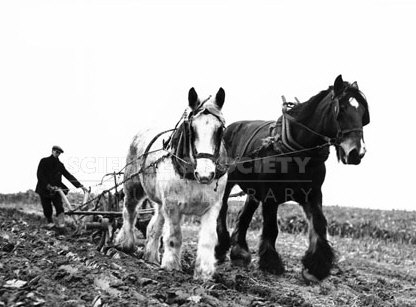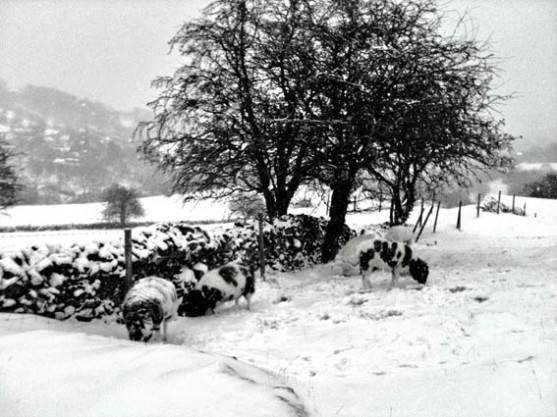What a good turnout for the guided walk on Sunday! About 20 local residents turned up to try out the first of the guided walks to promote the local history trails around Bonsall. After a quick pint in the Barley Mow http://www.barleymowbonsall.co.uk we were ready to face the hills and dales…….

One of the many capped lead mine shafts on Bonsall Moor – using railway sleepers from the disused railway line nearby, closed as a result of the Beeching Act. D.H. Lawrence wrote about the lead mining landscape in his short story ‘The Virgin and the Gypsy’.

Mike reads a poem written for the (mostly) illiterate lead miners to help them remember the lead mining laws, customs and liberties – he only read a short section from this very long poem.
Mike Lynch of the Bonsall History Society reads the lead miners poem by Edward Manlove. Titled: The Liberties and Customs of the Lead-Mines within the Wapentake of Wirksworth in the County of Derby. London: 1653.
To find out more about Edward Manlove, a lawyer residing in Ashbourne and the full text of the poem visit https://en.wikisource.org/wiki/Manlove,_Edward_(DNB00)
The official launch of the 6 History walks around Bonsall will be on Sunday afternoon 19th May – all welcome!














